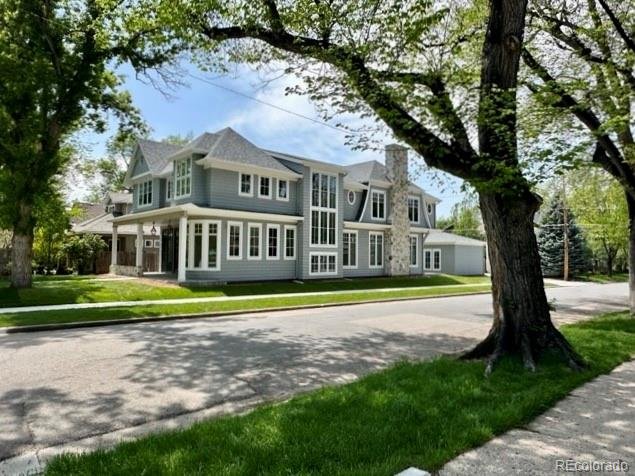Selling a home can be an exciting and sometimes challenging process. However, if your home has been on the market for an extended period without any offers, it may be time to evaluate the possible reasons behind this lack of interest. In this blog post, we will explore five potential factors that could be hindering the sale of your home. Identifying these issues can help you make the necessary adjustments to attract potential buyers and increase your chances of a successful sale.
Overpricing
One of the most common reasons a home may not be selling is an unrealistic asking price. If your home is priced too high compared to similar properties in the area, potential buyers may be deterred from even considering it. Conduct thorough research and consult with a real estate agent to determine a fair and competitive price for your home. Remember, pricing your home correctly is crucial to attracting interested buyers.
Poor Presentation
First impressions matter, and this applies to selling a home as well. If your home lacks curb appeal or has an unappealing interior, it may be turning away potential buyers. Make sure your home is well-maintained, clean, and staged appropriately. Consider making necessary repairs, repainting walls, decluttering, and enhancing the overall appearance of your property. By presenting your home in its best light, you increase its chances of catching the eye of potential buyers.
Inadequate Marketing
Another reason your home may not be selling could be due to insufficient marketing efforts. In today's digital age, simply listing your property on a real estate website may not be enough. Consider utilizing various marketing channels such as social media platforms, online classifieds, and local publications to reach a wider audience. High-quality photographs, virtual tours, and detailed descriptions can also help generate interest and attract potential buyers.
Limited Accessibility
If your home is difficult to access for showings, it can significantly impact its marketability. Buyers often have busy schedules, and limited showing availability can discourage them from considering your property. Ensure that your home is easily accessible and that showings can be scheduled conveniently for potential buyers. Flexibility in accommodating different time slots can increase the number of interested parties viewing your home.
Market Conditions
Sometimes, despite your best efforts, the lack of interest in your home may be influenced by external factors such as the overall state of the real estate market. Economic conditions, interest rates, or local market trends can all impact buyer demand. If the market is slow, it may take longer to sell your home. Staying informed about market conditions and adjusting your selling strategy accordingly can help you navigate through challenging times.
If your home is not selling as quickly as you anticipated, it's essential to identify and address the potential reasons behind this issue. Consider factors such as pricing, presentation, marketing efforts, accessibility, and market conditions. By making the necessary adjustments, you can increase the appeal and marketability of your home, ultimately improving your chances of a successful sale. Remember to consult with a real estate professional for expert advice tailored to your specific situation.
Contact me today with any questions:
Jen Miller , REALTOR
303.521.0816
jenmiller@compass.com




















